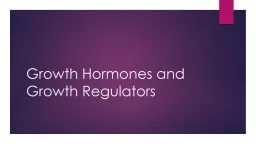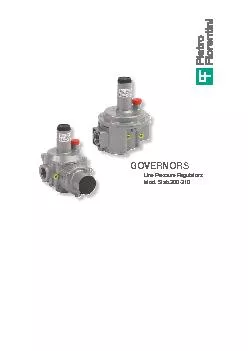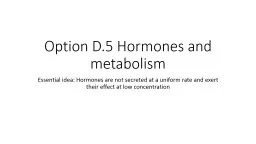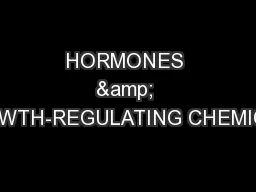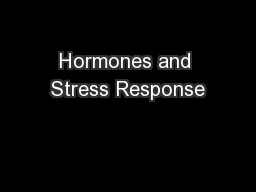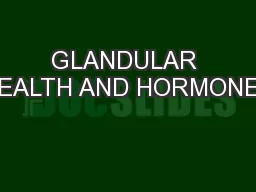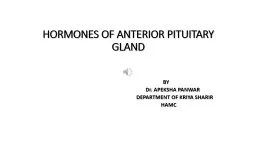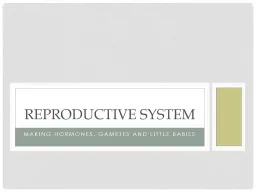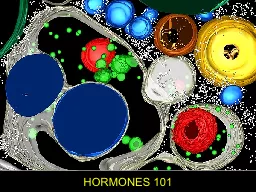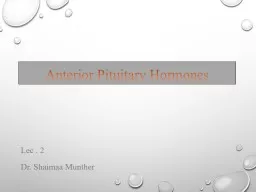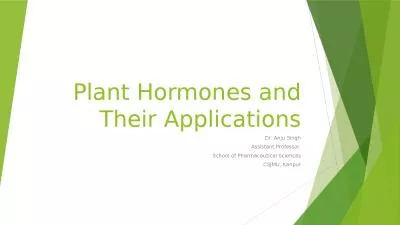PPT-Growth Hormones and Growth Regulators
Author : cady | Published Date : 2022-06-07
Phytohormones i Growth hormones also called phytohormones ii Term given by Thimann 1948 iii It can be defined as the organic substances which are synthesized
Presentation Embed Code
Download Presentation
Download Presentation The PPT/PDF document "Growth Hormones and Growth Regulators" is the property of its rightful owner. Permission is granted to download and print the materials on this website for personal, non-commercial use only, and to display it on your personal computer provided you do not modify the materials and that you retain all copyright notices contained in the materials. By downloading content from our website, you accept the terms of this agreement.
Growth Hormones and Growth Regulators: Transcript
Download Rules Of Document
"Growth Hormones and Growth Regulators"The content belongs to its owner. You may download and print it for personal use, without modification, and keep all copyright notices. By downloading, you agree to these terms.
Related Documents

